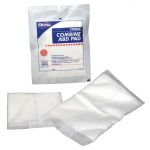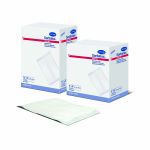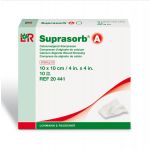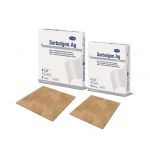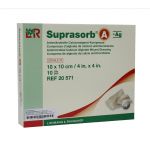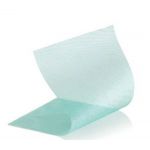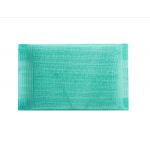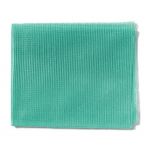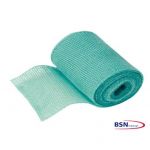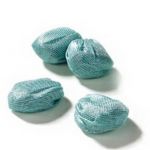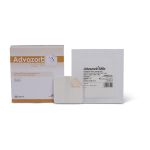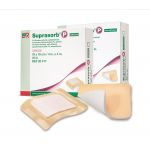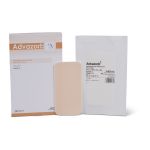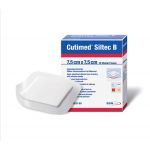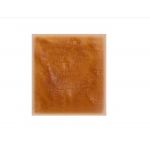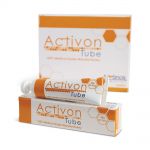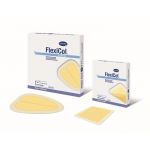Wound Dressings
Wound Dressings, Bandages, Pads, Wraps, And Gauze
Choosing the correct type of wound care dressing is an extremely important element of an overall wound care treatment plan. With several thousand different types of wound dressings available on the market today, it is easy to become overwhelmed by the options.
Shop our wound dressings with pre-tax savings using your FSA or HSA account!
There are several categories of wound dressings which possess different, although sometimes overlapping properties. A few of the main wound care dressing categories includes:


